Warehouse storage.
How to choose your warehouse storage system?
How to choose your warehouse storage system?
Looking to optimise your warehouse storage, or are you fitting out a whole new warehouse? Warehouse organisation is a complex process that involves comparing different storage systems and solutions. There are numerous components that determine which warehouse layout and storage systems are the most effective for your company. You can also choose from a range of order picking systems. This article explains how to set up your warehouse, the advantages of warehouse automation, and which of the different storage systems you can choose from.
We’re happy to provide you with more information on designing or redesigning your warehouse, but it’s worth asking yourself: why opt for automation? The following are the eight key benefits of warehouse automation:
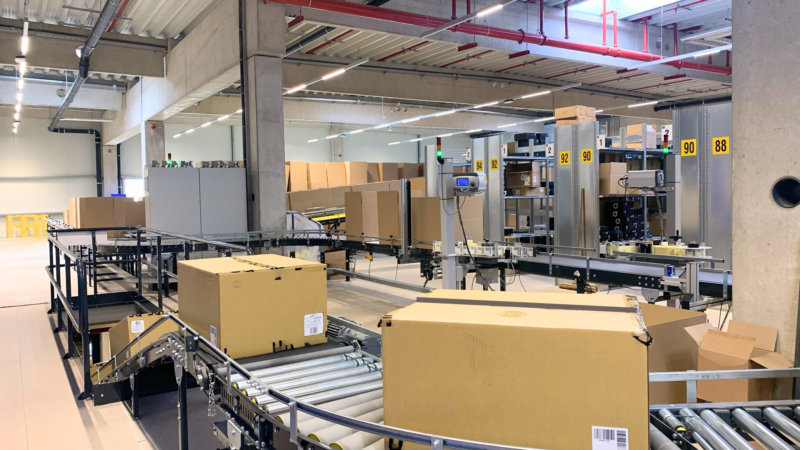
Order picking errors cost a lot of money and result in dissatisfied customers. Particularly in the e-commerce sector, this is a risk to your company’s reputation. An automated warehouse helps to reduce error rates.
Automation increases turnover and accelerates intralogistics within your warehouse, thus improving productivity.
Warehouse automation leads to significant improvements in efficiency and is an especially logical choice when it comes to highly repetitive tasks.
Using order picking robots, a shuttle system or warehouse stacker cranes helps you to save on floor space since you’ll no longer need to accommodate wide forklift trucks between the racks, and storage will be arranged in a more compact way. Warehouse automation enables you to increase your storage space per square metre, and to use the space as efficiently as possible.
Combining automation with the right software will provide you with better insight into stock management. Having a clearer view of your current and future stocks means you can optimise your warehouse capacity.
Automatic stock storage and retrieval enhances safety for your employees by minimising the chance of errors during these processes.
A warehouse that is not yet automated may seem the cheapest option in the short term. However, warehouse automation almost always ends up paying for itself in terms of greater efficiency, reduction of errors and more effective use of space.
Most automation solutions are modular in nature, enabling you to easily expand or adapt your warehouse to accommodate changing market conditions.
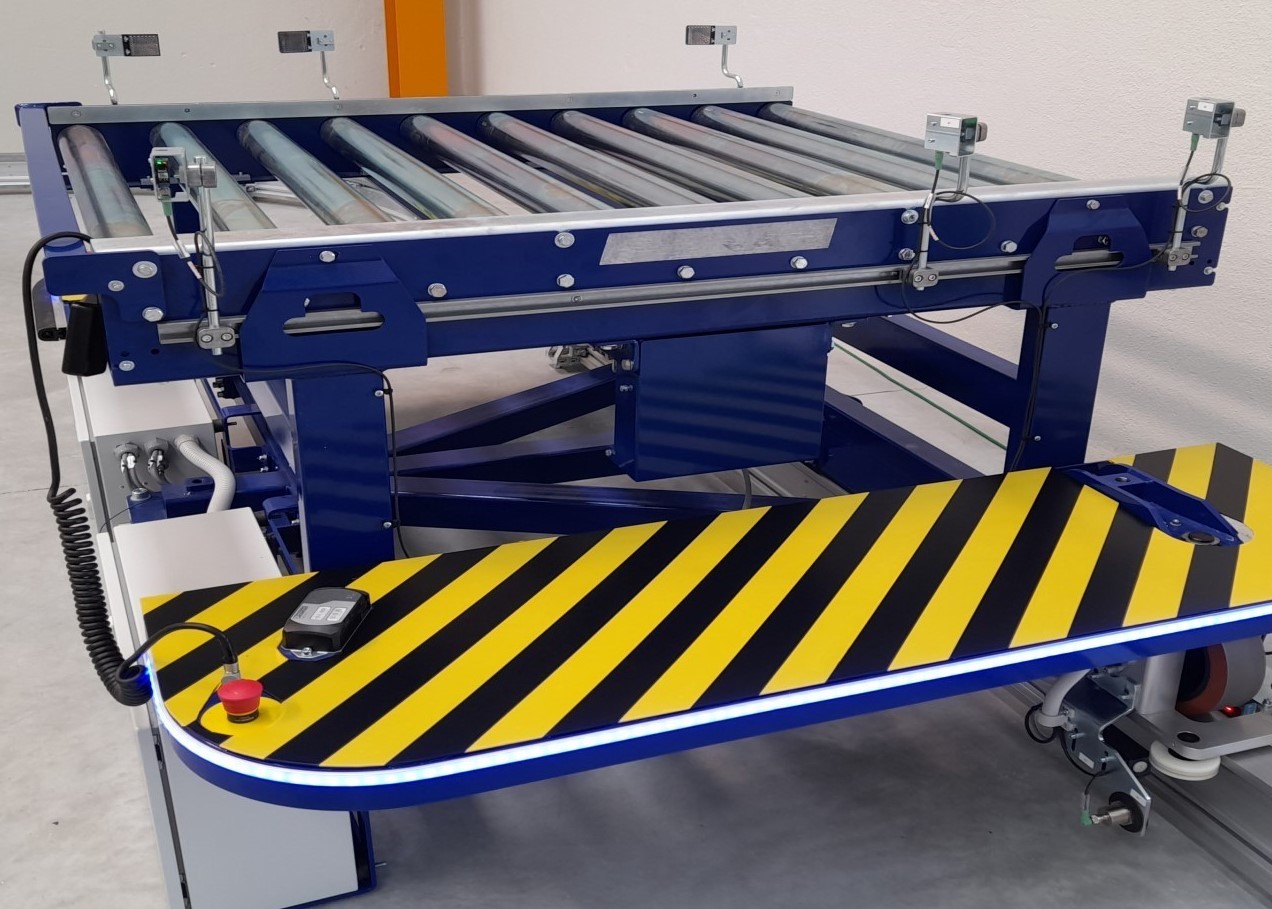
It goes without saying that you want to use the available space efficiently, and deploy your employees in a way that spares them from performing many repetitive actions. Read on to find out more about the various automation solutions available and their features.
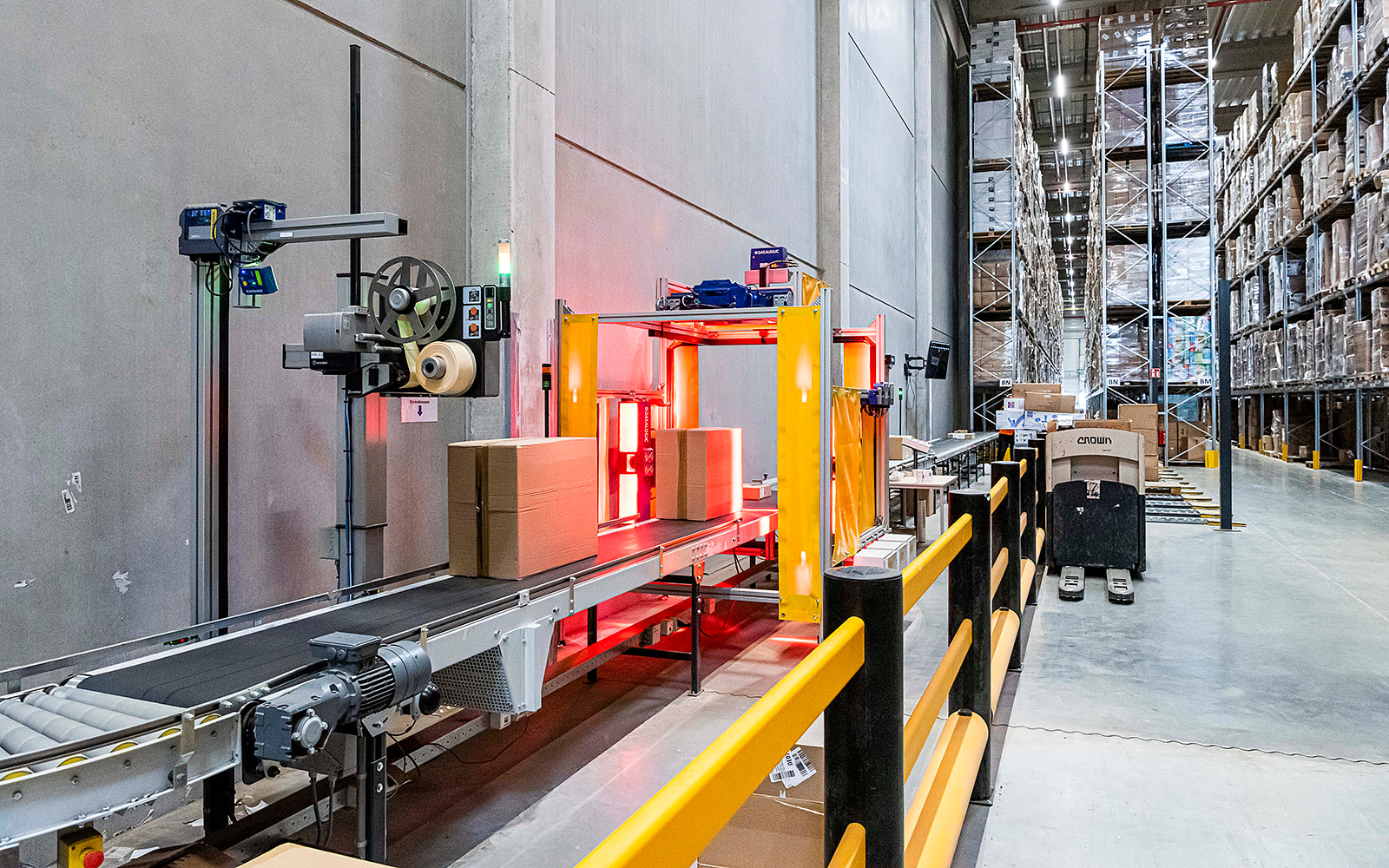
A warehouse stacker crane is a completely automated system for use with pallets and is suitable for racks up to a height of 40 metres. The crane requires limited space, enabling you to make the best use of the space available to you. Linking to a warehouse management system (WMS) is essential because the entire storage process then runs automatically.
A variant of the warehouse stacker crane is the miniload, which facilitates the storage of smaller bins, trays or boxes up to a weight of 200 kilos. Since a warehouse set up with miniload racks is compactly designed, it enables you to use the available space optimally.
It is possible to have a picking robot move racks in their entirety. In this case, a robot moves the whole rack to a central location where an order-picker collects the items. This method is mainly suitable for smaller products due to the reduced size of the racks.
A shuttle passes through a compact rack system and is controlled by means of a wireless connection. A shuttle system helps you to use space efficiently and reduces the risk of errors and accidents.
A platform lift is particularly suitable for small goods and stores the items in small bins or trays. A chain transports the bins up and down on a platform. The bins are presented to an order-picker waiting at the bottom of a rack to select the correct items.
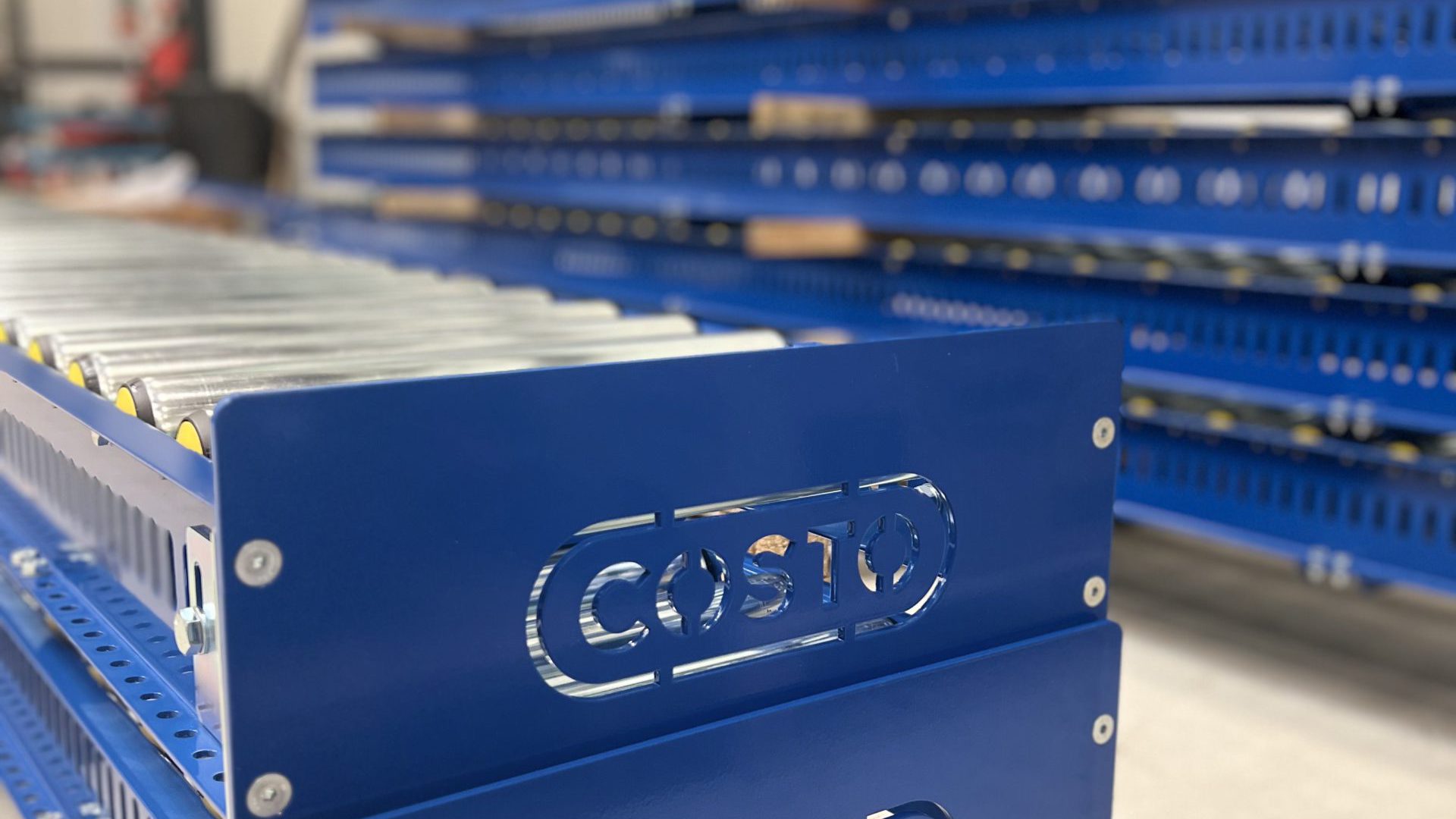
In addition to the options described above, there are also systems that can further automate storage, retrieval and order-picking. For example, you can optimise your warehouse intralogistics by means of pick to light or zone picking.
In addition to storage and retrieval, other internal warehouse transport is also an essential component of automation. Depending on the situation in your warehouse, there are a variety of automation options available, such as:
If you’re convinced that automation is the way to go and you want to automate your warehouse, the questions below will help you to make the right decisions. Accurately identifying your needs will help you to find the most effective automation solution for your situation.
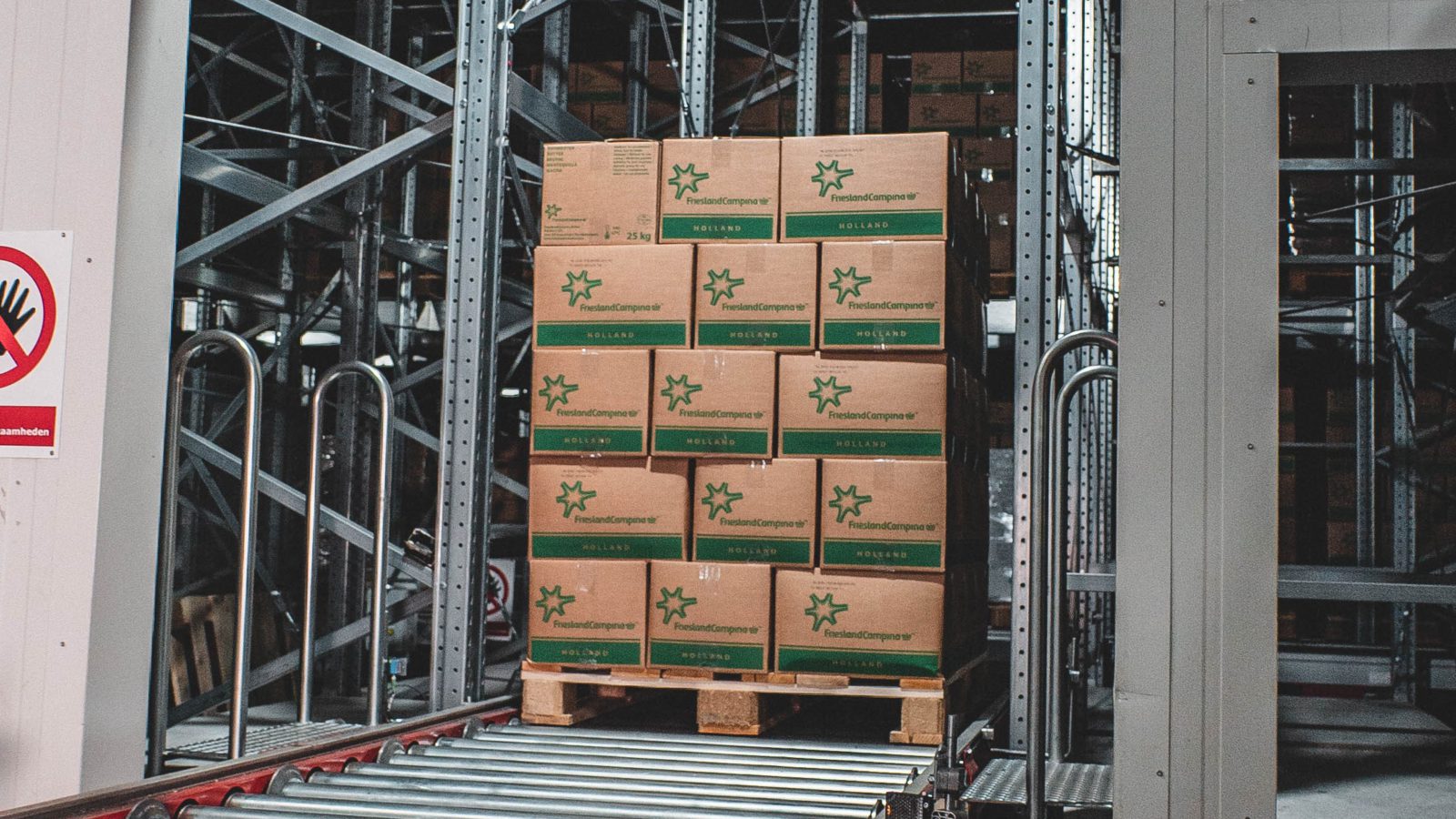
Get inspired by one of our other projects!